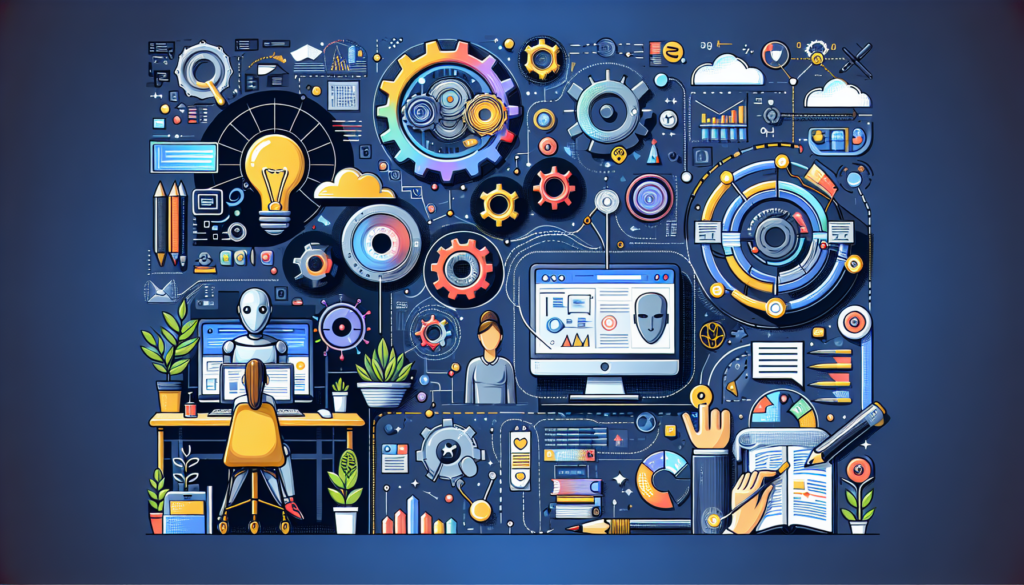markdown
In the digital realm, the most efficient interface for user interaction is often the chatbot. When correctly designed, this tool can offer immediate assistance, enhance user experience, and gather valuable data on customer needs and behaviors. Integrating an effective chatbot into a corporate website has become a crucial competitive advantage.
Fundamentals of Chatbot Design
Chatbots are artificial intelligence (AI) systems designed to interact with humans via a conversational interface. They rely on natural language processing (NLP) and machine learning (ML) to understand and respond to user inquiries.
Core Technologies:
The capabilities of a chatbot vary depending on the underlying technologies. Some of the key ones include:
- NLP (Natural Language Processing): Allows the chatbot to understand human language.
- ML and deep neural networks: Enable the bot to learn from previous interactions to improve its responses.
- API integration: Connects the chatbot with other applications and databases to enrich the responses.
Advanced Aspects in Chatbot Design
To achieve an effective corporate-level chatbot, it is imperative to prioritize a deep understanding of the business domain and customization of the user experience.
Domain Knowledge:
The relevance of domain specificity necessitates a highly specialized knowledge corpus that allows the chatbot to understand and generate responses in specific business contexts. This is fueled by constantly updated structured and unstructured data.
Personalization:
The chatbot's ability to individualize experiences increases user engagement. This includes adjusting the tone, retaining information from returning users, and anticipating needs based on historical data.
Practical Applications
In a corporate context, chatbots can transform areas such as customer service, sales, and human resources.
Customer Service:
Here, chatbots provide resolution of frequently asked questions, incident processing, or guidance in the purchasing process. For example, a chatbot capable of processing returns significantly reduces customer service time and optimizes satisfaction.
Sales and Marketing:
Chatbots assist customers in the conversion funnel, providing personalized recommendations or real-time advice. Their insights into user behavior are highly valuable for adaptive marketing strategies.
Human Resources:
They automate parts of the recruitment and selection process, such as pre-screening candidates or answering frequent applicant questions, freeing up valuable time for the HR team.
Case Studies
Intelligent Interactions:
The case of XYZ bank is illustrative; its chatbot reduces customer service queries by 40%, thanks to training with hundreds of simulated and real financial interactions.
Increased Sales:
ABC software company saw its conversion rate increase by 20% post-implementation of its chatbot, designed to guide customers through complex product selections.
Projection into the Future and Potential Innovations
Looking ahead, the integration of predictive capabilities is likely where the most innovation will be found. This will take the form of chatbots that not only react but anticipate user needs.
SEO Strategies for Chatbots
Search engine optimization (SEO) for chatbots involves including relevant keywords not only in the chatbot's script but also in metadata and descriptions to improve organic discovery.
Conclusions
Designing an effective corporate website chatbot is an exercise in technical precision and a sophisticated understanding of human behavior. Its development is not merely a programming task but a user experience engineering process that must evolve with constant feedback and data analysis. The effectiveness of a chatbot is measured by its ability to autonomously address needs and continuously improve through machine learning.

